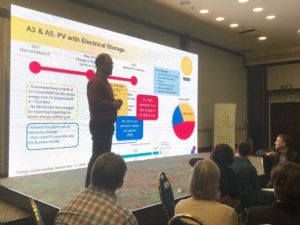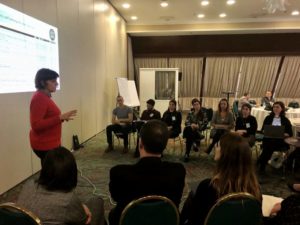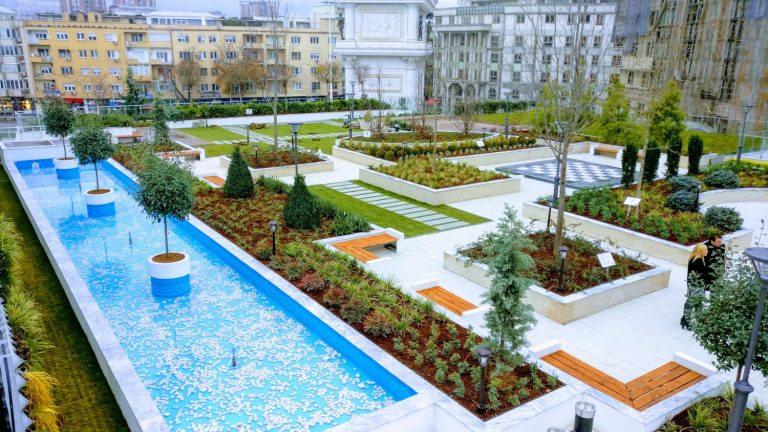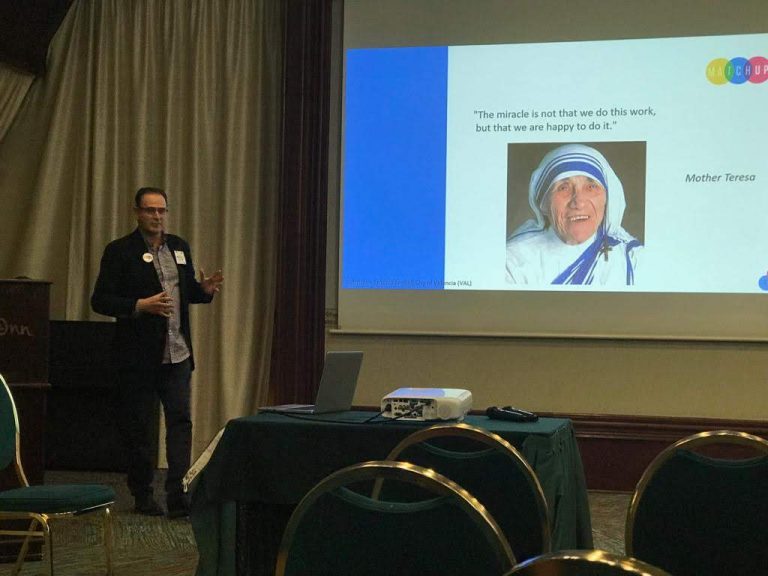Category: Smart Cities
Valencia MAtchUP: Energy consumption
What AI and machine learning can do for Smart Cities?
How to Improve Cybersecurity in a Smart City
The smart city began as a science fiction dream, but it’s very quickly becoming a reality. Municipal infrastructure, integrated with smart technology, will transform the aesthetics, utility, and sustainability of urban landscapes from here on out.
The scale and complexity of smart cities render them particularly susceptible to cyberattacks. The vast array of interconnected systems makes weak points and oversights almost inevitable, a problem that reliance on unsecured IoT devices and potentially vulnerable cloud networks only compounds. What’s really driving this problem, however, is the overconfident tech visionaries who are boosting smart cities.
These strategies should be follow to prepare (and protect) any city for the future:
- Begin Building a Smart Workforce
- Start Forming Security Partnerships
- Work Within the Rules









